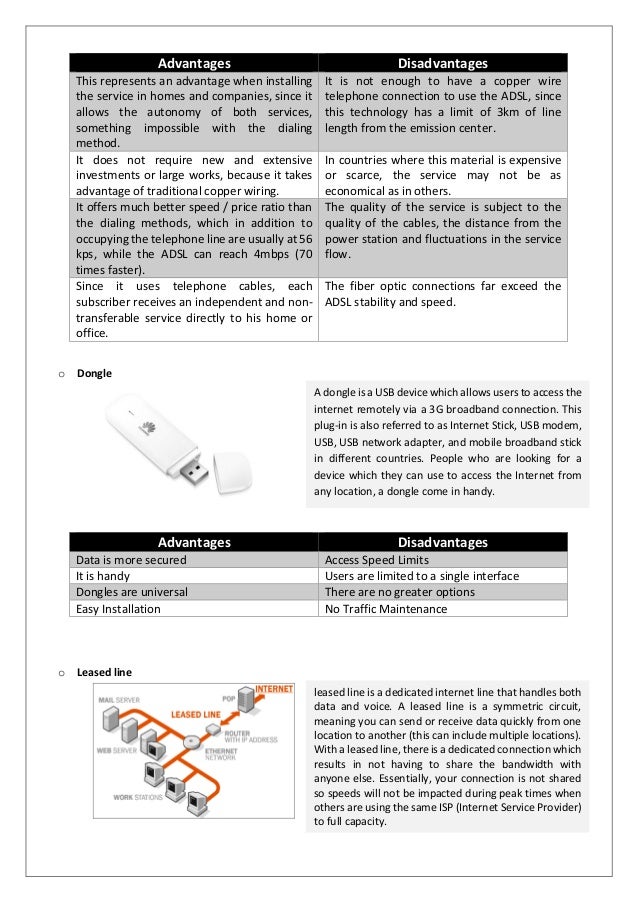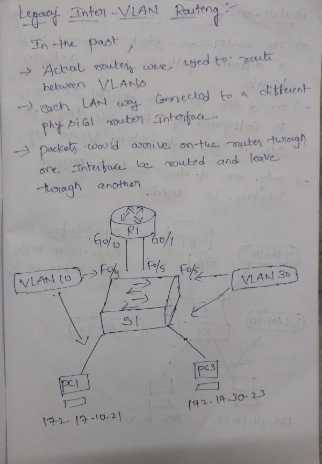
Switch SW2 removes the VLAN tag of the unicast frame and forwards the frame out to PC3 on port Fa0/6. Switch SW1 forwards the tagged unicast traffic out the other trunk link to switch SW2. The unicast traffic is tagged with VLAN30 as it is sent out the router interface to switch SW1. Router R1 accepts the tagged unicast traffic on VLAN10 and routes it to VLAN30 using its configured subinterfaces. Switch SW1 forwards the tagged traffic out the other trunk interface on port F0/5 to the interface on router R1.

Switch SW2 then tags the unicast traffic as originating on VLAN10 and forwards the unicast traffic out its trunk link to switch SW1. PC1 sends its unicast traffic to switch SW2 PC1 on VLAN10 is communicating with PC3 on VLAN30 through router R1 using a single, physical router interface. The diagram below shows the router being connected and configured with a single interface. The router receives VLAN tagged traffic on the trunk interface from the nearby switch SW1, and forwards the routed traffic out to VLAN tagged destination using the same interface The router interface have to be configured to operate as a trunk link and is connected to a switch port (SW1) which will have to be configured in trunk mode.

Most tri-band routers should come with those in place. Otherwise, the ideal tri-band router has a USB 3.0 port, high-range antennas to help boost your signal reach, and either the 802.11AC or 802.11AD standard in place. Router-on-a-stick is a type of router configuration in which a single physical interface manages traffic between multiple VLANs on a network. If you are not going to use that third band, the router will be a waste of your money. No advertisements are sent, unlike with dynamic routing protocols. What is Router-on-a-stick Inter-VLAN Routing? Table 3-2 Static Routing Advantages and Disadvantages Advantages Disadvantages Very secure.


 0 kommentar(er)
0 kommentar(er)
